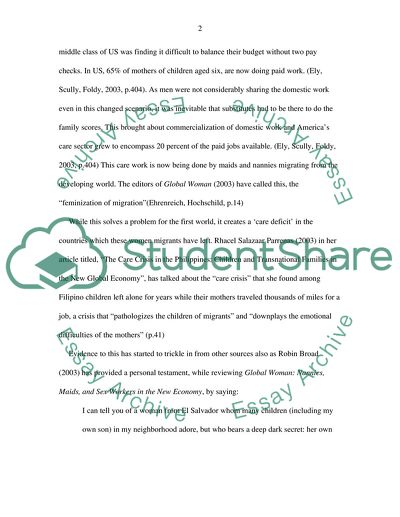Cite this document
(“Families in a Global Context Assignment Example | Topics and Well Written Essays - 2500 words”, n.d.)
Families in a Global Context Assignment Example | Topics and Well Written Essays - 2500 words. Retrieved from https://studentshare.org/social-science/1720027-families-in-a-global-context
Families in a Global Context Assignment Example | Topics and Well Written Essays - 2500 words. Retrieved from https://studentshare.org/social-science/1720027-families-in-a-global-context
(Families in a Global Context Assignment Example | Topics and Well Written Essays - 2500 Words)
Families in a Global Context Assignment Example | Topics and Well Written Essays - 2500 Words. https://studentshare.org/social-science/1720027-families-in-a-global-context.
Families in a Global Context Assignment Example | Topics and Well Written Essays - 2500 Words. https://studentshare.org/social-science/1720027-families-in-a-global-context.
“Families in a Global Context Assignment Example | Topics and Well Written Essays - 2500 Words”, n.d. https://studentshare.org/social-science/1720027-families-in-a-global-context.


